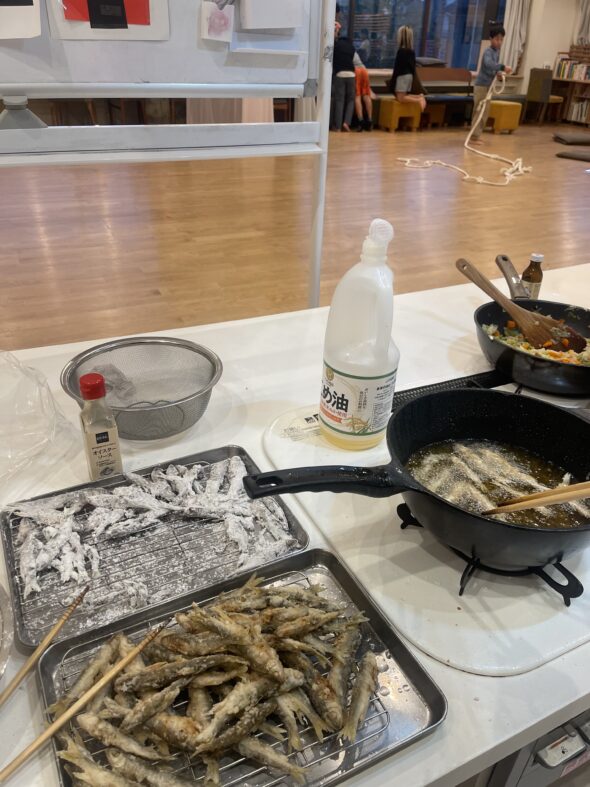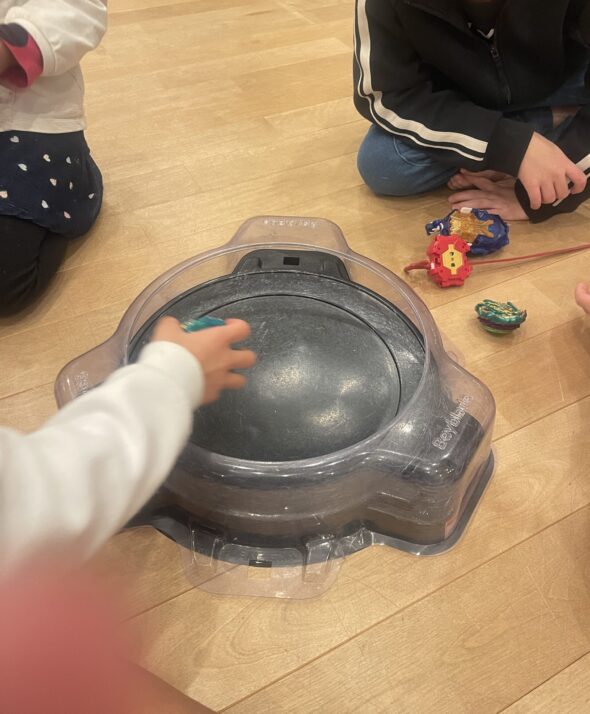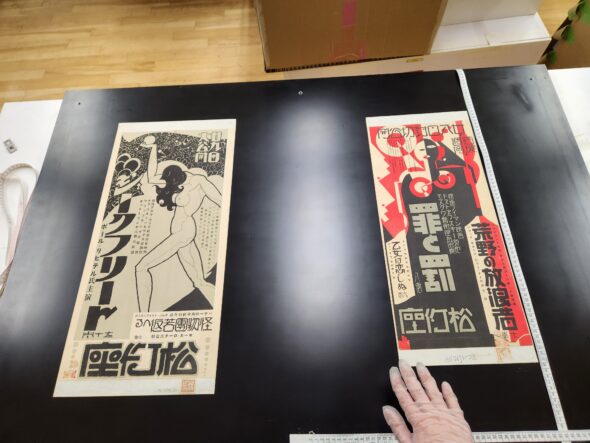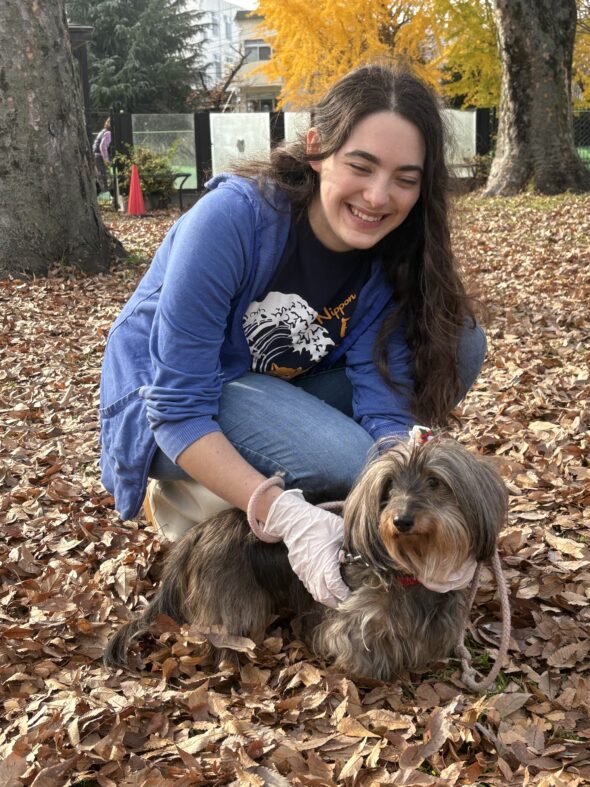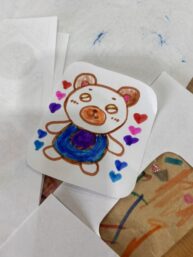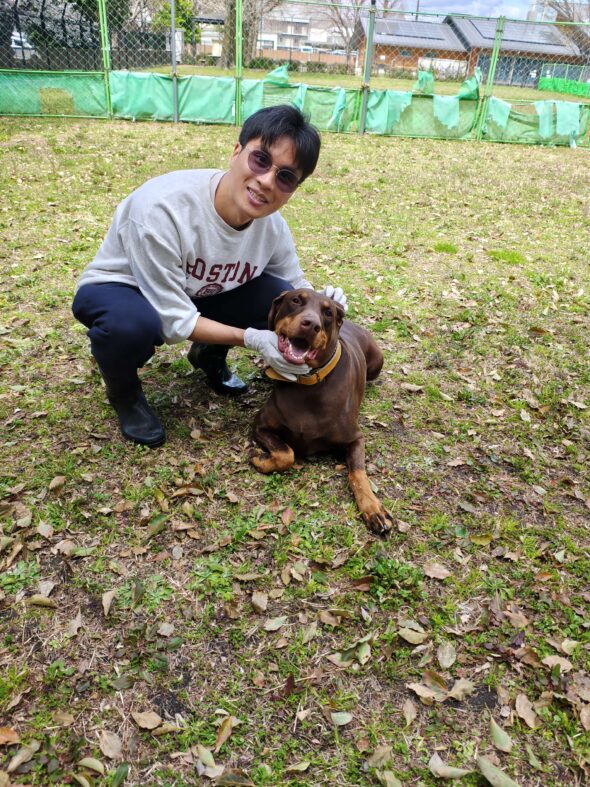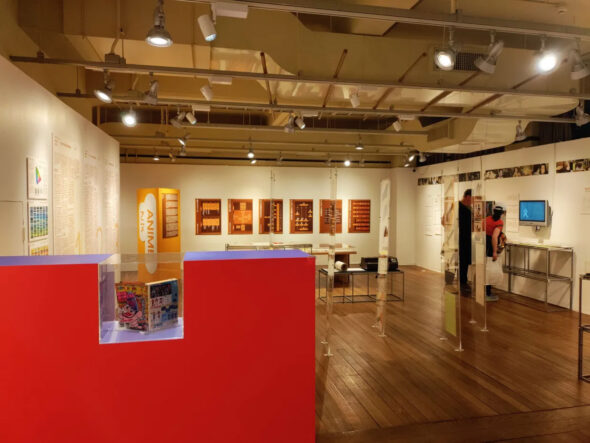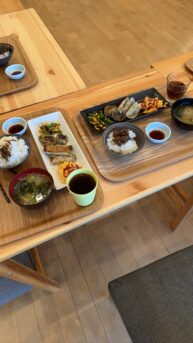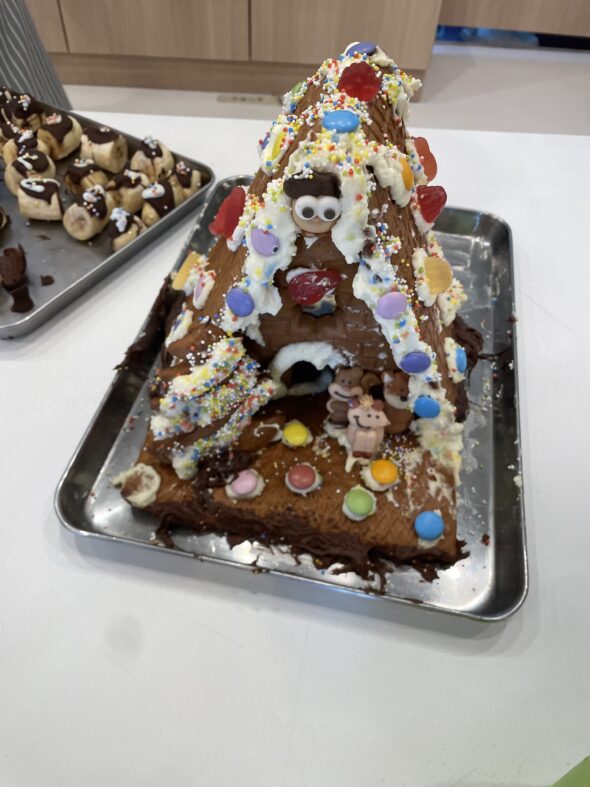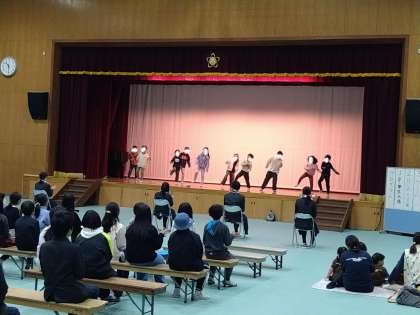Nalba is an after school program that provides children with a place to play and one highly-balanced meal a night. The team takes time and consideration to make sure each meal is locally sourced and delicious for both kids and adults. I had a very pleasant time at Nalba hosting games with the kids and cooking with the staff. From the beginning, I became very appreciative of Nalba’s mission and the help they provide for busy working parents. However, as rewarding as my CIP has been, I do believe that Nalba is for a specific kind of person. Everyday you’re invited to help with homework, talk/play with the kids, and initiate games. Their homework typically consists of kanji and Japanese grammar workbooks. The kids also tend to talk very fast even if they recognize that you’re a foreigner. With that being said, If you are a person who is confident in their speaking or listening skills, I believe you can really thrive at Nalba. Being able to guide them through their homework or even initiate conversations/games will truly add to the kids’ and your experience!
